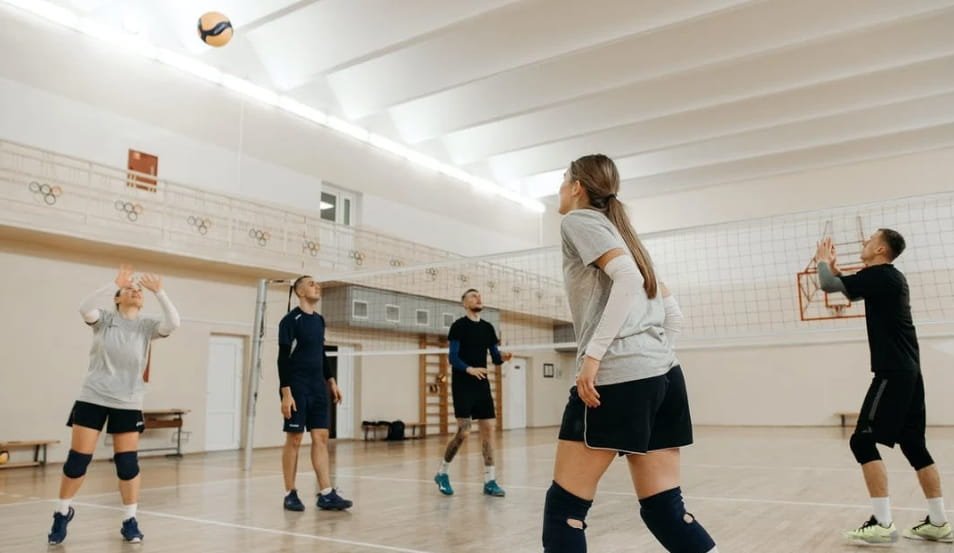How to manage a Busy Schedule
“I Don’t Have Time” | Part 1 – How to manage a Busy Schedule
When it comes to utilizing training & eating well for the goal of enhancing the quality of life, “I don’t have time” is the most common excuse people affirm to themselves. More often than not, even if you suggest that the benefits of an optimized training and nutrition plan can outweigh the time invested, people continue explaining how busy they are.
If you’re already over this and are ready to take the next step for your greater good, keep reading. In this article, we are going to give you actionable tips on how you can integrate a healthy lifestyle into a busy schedule.
Why Should You Do This?
Well, quite frankly your success in every aspect of life is primarily based on your physical and mental wellbeing. In the modern-day lifestyle, you get robbed of quality movement and get access to a load of junk food which in turn may impact the quality of life. In a sense, being fit and even muscular is something completely natural…
Nowadays however the industrial cities impose us on unnatural living patterns, thus making fitness & wellbeing “someday goals” for most people… At the end of the day, your body is a community of cells that you technically govern and nurture with the things you put into the body & the ways you use it.
You have no valid excuse to not keep your community healthy!
Now let’s talk about training and possible ways to integrate it into a busy schedule (yes, even if you work 12 hr shifts.)
How To Train Efficiently
For most people, it feels like forever to get to the gym, warm-up, do the workout, get back home, shower & eat. And the truth is, all of this can be quite time consuming so your best bet is to optimize the whole process.
Here are some tips which you can use right away:
- Find a local gym that is 10-15 minutes away from your home/workplace
- If you have basic home equipment, use it instead of going to the gym every now and then
- Train 20-30 minutes every day, rather than 3 hours at once every 2-3 days
- Do short, intense workouts to save on time and still reap benefits
In essence, if you are a busy individual, there are ways to get around your schedule and fit a couple of training hours per week. After all, this is for your greater good and it pays off big time. One question still stands though – What is the best time to workout? Some people have a schedule that allows them to train during different parts of the day, so let’s have a look at each one and analyze them.
Training in the morning
Upon waking up, your body is in a sense, fasted, meaning that your glycogen levels are lower than usual and therefore, your strength performance would be suboptimal. Nevertheless, training in the morning is a good way to kickstart your day, as it will give you tons of energy & mood (especially after your breakfast afterwards).
If you can only spend 30-40 minutes for a workout upon waking up, before breakfast, there is nothing wrong with that, just bear in mind that your performance will not be as good, due to the lower energy levels.
Training in the afternoon
As you wake up and get into your day, more and more sunlight passes through your eyes.That sunlight signals the pineal gland to secrete serotonin, which is a daytime neurotransmitter. In other words, serotonin makes you feel more awake, alert & gives you energy and mood for your daily activities. So, you see, your organism is supposed to be fine-tuned to the sun & earth’s cycle and there are periods when your cardiovascular efficiency, muscle strength & nervous system are the most active.
This is generally in the afternoon, between 15:00 & 17:00. So, if your schedule allows you to train in the afternoon, this would be your optimal choice. Not only will you sync with the highest biological activity time window of the body, but you’ll also have food in your system and thus, more energy, as opposed to training in the morning.
Training in the evening
Just like the previous two, training in the evening has its advantages and disadvantages. For instance, workouts after an entire workday can be a massive stress reliever! On top of that, night time is the recovery time for the body, so with an intense workout, you are priming all the recovery mechanisms of your body and it becomes easier to fall asleep.
However, if you do your workout too soon before bed, you might disrupt your sleep cycle. This is why we recommend training no less than 3-4 hours before bedtime.
Conclusion
Training and eating well should not be someday goals but more so tools that you use to optimize your performance in all aspects of life, as well as your overall living quality. As your health should be your number 1 priority, it is important to consider how you can optimize your training process, so that the benefits would outweigh the time invested.
The best practices to do so are to find a local gym, do shorter workouts but more frequently, but also utilize any equipment you have at home, or even your bodyweight.
Furthermore, you can find “time gaps” in your life and replace those with more productive activities like training and cooking. For example, most people spend at least 50 minutes a day on their Instagram feed and 1 hr a day on watching TV/YouTube.That’s 2 hours you can easily use to get a workout in and prepare your food for the next 3 days.
Ultimately, proper and regular training sessions will quite obviously optimize your fitness & mood and thus, make you feel better and experience mental clarity, which you can apply anywhere you want. In part two of this article series, we are going to tell you more about nutrition on a busy schedule and how you can actually spend less time & money to eat healthier and better.
See you there!















